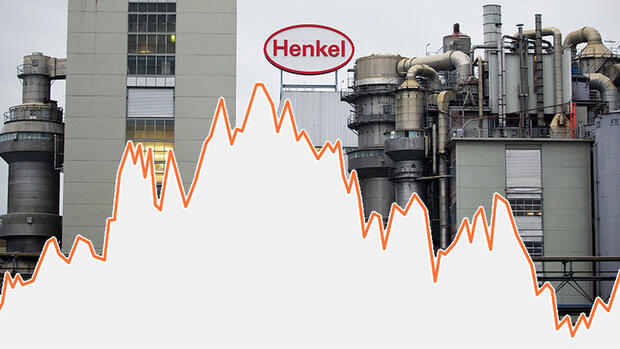Unlike the competition, profits at the Persil manufacturer fell in 2022.
(Photo: dpa [M])
Dusseldorf Carsten Knobel is not to be envied. The pandemic broke out shortly after he became Henkel boss in January 2020. Supply chains became fragile, raw materials scarce and expensive. In 2022 the Russian war of aggression was added. He aggravated the situation for Henkel several times.
The costs of energy, for example, rose rapidly, while revenues fell. As a result of the inflation, many customers no longer bought branded products from Henkel, but switched to cheaper private labels. In addition, Henkel was more heavily invested in Russia than any other Dax group. Even a year after the announced withdrawal, this has not yet been fully implemented.
However, other consumer goods companies are also suffering from high costs and low demand – and have a significantly better balance sheet than Henkel. Nivea manufacturer Beiersdorf, for example, increased profits and sales in the past year by a double-digit percentage. In 2022, Henkel only had a net profit of 1.2 billion euros – almost a quarter less than in 2021.
Read on now
Get access to this and every other article in the
Web and in our app free of charge for 4 weeks.
Further
Read on now
Get access to this and every other article in the
web and in our app.
Further
